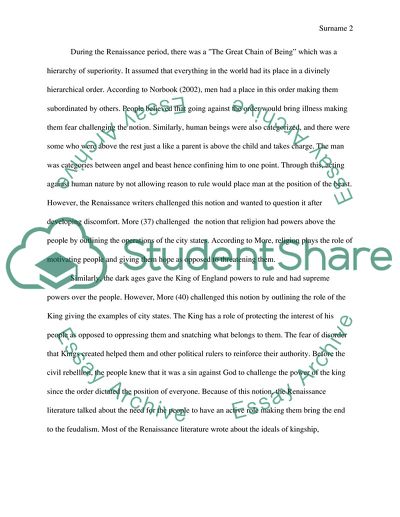Cite this document
(“Renaissance Literature Essay Example | Topics and Well Written Essays - 2000 words”, n.d.)
Retrieved from https://studentshare.org/english/1688194-renaissance-literature
Retrieved from https://studentshare.org/english/1688194-renaissance-literature
(Renaissance Literature Essay Example | Topics and Well Written Essays - 2000 Words)
https://studentshare.org/english/1688194-renaissance-literature.
https://studentshare.org/english/1688194-renaissance-literature.
“Renaissance Literature Essay Example | Topics and Well Written Essays - 2000 Words”, n.d. https://studentshare.org/english/1688194-renaissance-literature.


